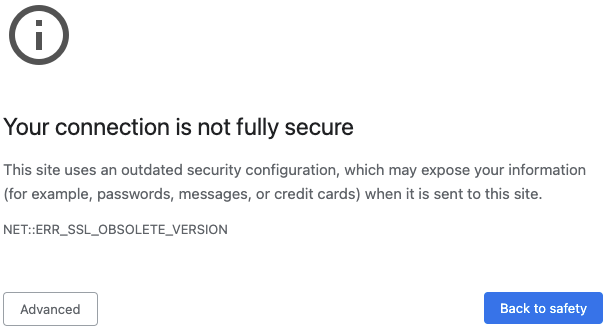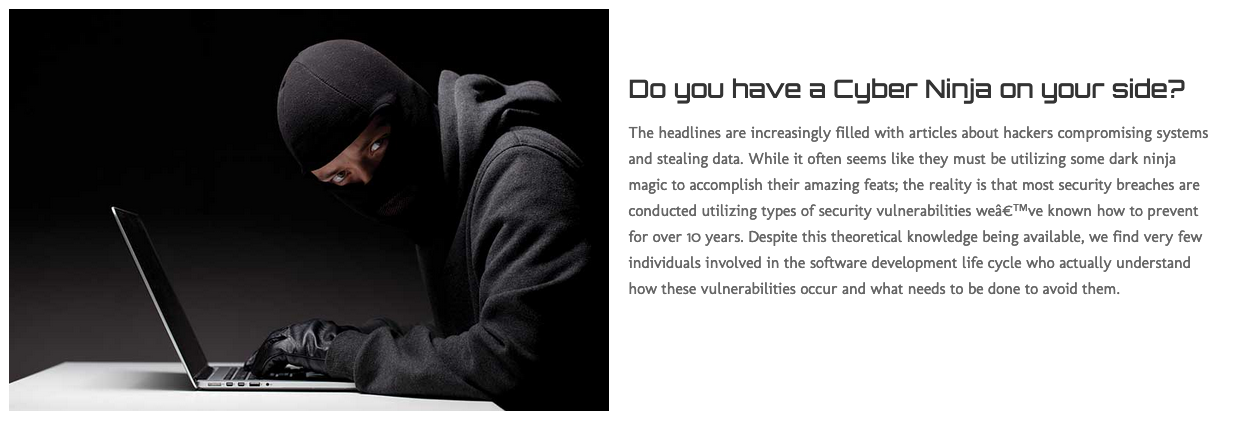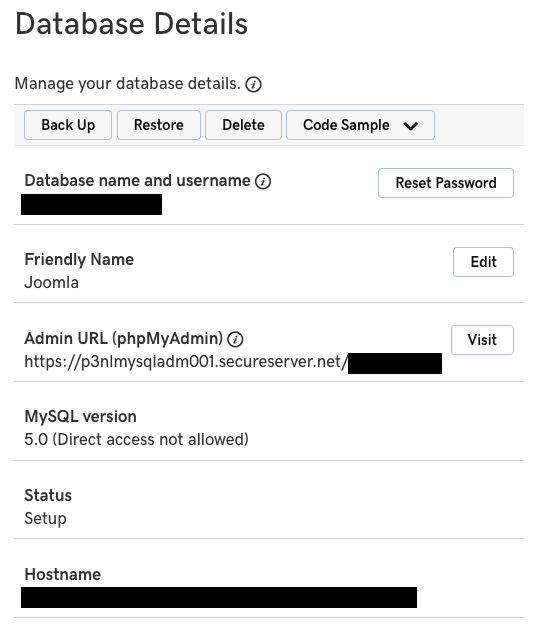Earlier this week, we interacted with someone dealing with the mess that is having SiteLock brought in to clean up a malware infected website. They are not alone in that. Here was a review of them left on Trustpilot in October:
This is a company with no service and it’s a scam! It has been six weeks since I purchased their service and my site is down for the third time during their ‘monitoring’. I just keep receiving generic/automated emails about the removal of threats every two days or so while my website is still down!
I purchased it through Blue Host. I am puzzled as to why BH is recommending Site Lock. Service on both sides is mediocre or nonexistent. BH agents who barely spoke English were arguing with me with raised voices that I needed to be patient and wait until they had time to fix the website! I don’t want to use and be associated with either one of them! Site Lock is a scam and BH is not taking responsibility for recommending it. Thoroughly frustrated.
The person we were interacting with also is a customer of Bluehost. That reviewer wondered why they recommend SiteLock. The answer is pretty simple. Bluehost gets paid by SiteLock if they are hired.
It isn’t just Bluehost. Here was another review from October:
I was called up by “hostgator security” stating that my site had Malware. I asked them to revert it to a backup, and they said it would be $50 and no guarantee of fixing the malware, but I should use “Site Lock” instead. With 2 domains it would be $500, they would remediate the malware immediately, and then provide 12 months of monitoring service. Normally, I’d just handle malware myself, but I’ve got alot going on, so I decide to let these professionals handle it. I ask them what happens if my site goes down during this process, and they assure me that would not happen because the only files that would be removed is malware. I ask, ok, what if some kind of accident happens and it goes down anyway? “They will help you, they are on top of it.” Okay great. I pay the money, for the next 24 hours I get a dozen emails about site scans happening. I check the next day, and both of my websites will not load. I call the Site Lock number and they tell me there are 19 directories for which I have not paid for Sitelock, and he thinks the malware is hiding there, and I need to pay for service for each of those directories. 19 + 2 X $250 is $5,250, which is as silly, ridiculous, halfbaked and outrageous a number as is the premise that more site scans will fix the problem. I come to find out Hostgator and sitelock are two separate companies. This is not a professional team that works together to remediate malware, in my opinion. I call back the hostgator rep who sold me the services, which atleast I’m grateful he was easy to get a hold of, and I’m told he will open a ticket which may take up to 24 hours to get a response to. These are active business websites with advertising running to them. I should not have trusted Hostgator, and I should not have trusted Sitelock. After this is all over, I’m going to look at hosts who don’t charge to revert backups.
There were plenty of other Trustpilot recent reviews that are similar. This isn’t really news to us since we used to have a lot of interactions with people who had hired them to deal with hacked websites or who had web host were pushing to them to, where the same issues came up.
We don’t have good advice to give to those who have already hired SiteLock. But for those that haven’t, the best advice is to avoid them.
If someone else has good advice for those who have hired them and are experiencing problems, leave a comment below.






